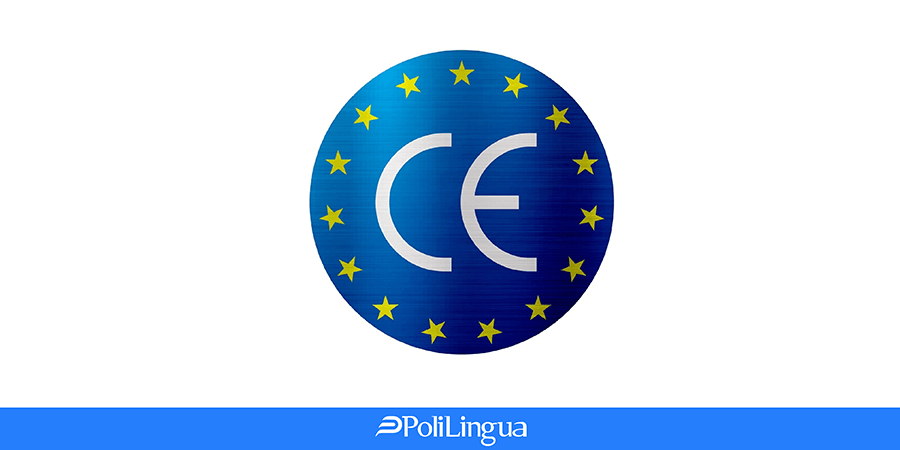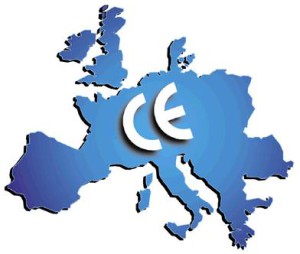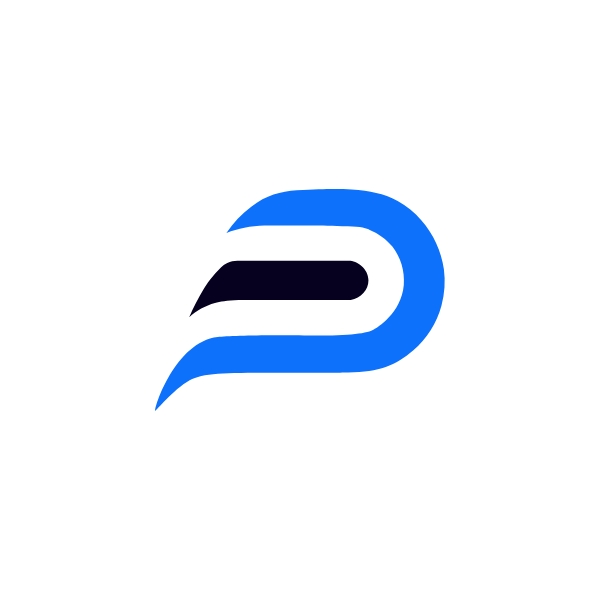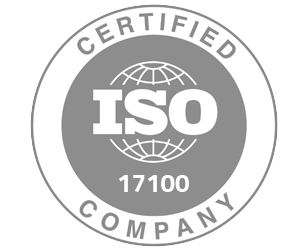
Translation Requirements for CE Marking: Ensuring Compliance and Access to European Markets
CE Marking is a mandatory standard requirement for the vast European Single Market. The process can often be quite confusing and complex and can take up a lot of a company’s invaluable time. An essential CE Marking checklist priority, in this regard, is the translation of relevant documentation. That is why PoliLingua is here for you – to provide top quality, credible, and affordable assistance with your CE Marking translation needs. Our linguists are industry experts who are well-versed in CE Marking requirements to offer excellent translation, editing, and proofreading. Moreover, we provide certificates of translation accuracy. At PoliLingua we value accountability and transparency and are dedicated to consistently following the specifications agreed with the client. To receive a free quotation, please fill out the form and attach your document. An account manager will receive the request and respond with a detailed quotation as soon as possible. If you would like to speak to an account manager, please don't hesitate to contact us.
Defining CE Marking
The CE marking, short for Conformité Européene, stands as the emblem of European conformity for products destined for trading within the European Economic Area (EEA). This mark represents a declaration by the manufacturer that their product adheres to the rigorous safety, health, and environmental protection standards mandated by EU regulations.
Often likened to a European Trade Passport, it grants manufacturers the freedom to market their products across EEA member states. Essential to note is that the CE marking should always be accompanied by an identification number. This number serves as a unique identifier, linking the product to the manufacturer or their authorized representative.

Countries That Require CE Marking
CE Marking is required for 27 EU member states and the EFTA (European Free Trade Association) countries – Iceland, Liechtenstein, Norway, and Switzerland. CE Marking is also compulsory for all products made outside countries that sell in the European Economic Area (EEA). CE Marking is not required for Central European Free Trade Agreement (CEFTA) countries, but several of them are candidates for EU membership and implement CE Marking standards, including Macedonia, Montenegro, and Serbia.
CE Marking Language Compliance: Translation Requirements
The directives demand that translations be made into the official languages of each particular country. Countries may further designate required languages and typically designate the language(s) used by the majority of the population. For guidance regarding the concerned country’s language requirements, manufacturers are advised to check with the appointed Competent Authority in each country. There are 24 official languages within the EU:
- Bulgarian
- Croatian
- Czech
- Danish
- Dutch
- English
- Estonian
- Finnish
- French
- German
- Greek
- Hungarian
- Irish
- Italian
- Latvian
- Lithuanian
- Maltese
- Polish
- Portuguese
- Romanian
- Slovak
- Slovenian
- Spanish
- Swedish
Official languages within EFTA member states:
- Liechtenstein: German
- Iceland: Icelandic
- Norway: Norwegian and Sami
- Switzerland: German, French, Italian
Translation's Role in Market Acceptance and Legal Compliance
Certified Translation is fundamental in ensuring that products are used as intended, ensuring all users have access to vital safety and operational information in their native language. Accurate and comprehensive CE translation facilitates clearer understanding and adherence to usage instructions, thereby enhancing product safety and efficacy across different linguistic regions within the EEA. Furthermore, diligent practices underscore a company's dedication to consumer welfare and compliance with EU standards, reinforcing its reputation and credibility in the market. Such meticulous attention to translation not only mitigates the risk of legal and financial repercussions but also propels market acceptance and consumer trust in the product. Hence, investing in quality translations is investing in the product's success and longevity within the European market.
Navigating Product Categories and Directives in CE Marking
CE Marks are mandatory for various product categories outlined in specific directives. These categories include construction products, medical devices, gas appliances, and toys. Further information about these product groups can be accessed on the official website of the European Commission. Here are a few examples:
- Hot water boilers
- Low voltages
- Lifts
- Pyrotechnics
- Radio equipment
- Medical devices
- Construction products
- Toys
- Machinery
- Fertilizing products
- Food products
Documents That Must Be Translated for CE Marking
When pursuing CE Marks for products within the European Economic Area (EEA), companies are required to translate a core set of documents to demonstrate compliance with EU regulations. Although some documents are explicitly mandated, many organizations choose to translate additional materials to ensure thoroughness and facilitate smoother market entry. This proactive approach can include both essential and supplementary documentation, categorized as follows:
Always Required:
- Labeling: Safety warnings, product information, CE marking details.
- Instructions for Use/User Manual: Comprehensive, clear guide for safe and proper use.
- Packaging: Safety warnings, product information, CE marking details.
Required Depending on Product, Market, and Directive:
- Declaration of Conformity (DoC): If targeting non-English speaking markets.
- Safety Data Sheets (SDS): For specific products with potential hazards.
- Quality Management System Documentation: If applicable (e.g., medical devices).
- Clinical Evaluation Reports (Medical Devices): For demonstrating clinical safety and effectiveness.
- Risk Assessment Documentation: When relevant for product safety in the target market.
Not mandatory for CE Marking, but Recommended for specific cases:
- Technical Documentation
Responsibility for CE Marking
Typically, the manufacturer is in charge of CE Marking. However, a private labeler that presents oneself as the producer or an entity that considerably modifies the product so that it is regarded as a ‘new’ product may also be responsible for this. It is noteworthy that irrespective of who translates the documentation, liability remains with the manufacturer or original producer who attaches the CE Marking.
Enforcement of CE Marking
Enforcement of CE marking involves measures taken by national authorities in the European Economic Area (EEA) to verify that products meet relevant EU directives and regulations and display the CE marking correctly. These procedures for CE Marking may additionally be initiated by a complaint from a competitor or an unsatisfied customer, by random checks, by government inspectors, or by accident investigators. In this regard, certified translations are a checklist priority, and failure to provide a translation into a specific language may instigate an investigation response from the regulatory body that would mandate that the company explicate its decision not to translate into said language.
CE marking compliance is a mandatory entry point for the European market, but reaching its full potential necessitates the complementary strategy of precise and nuanced translation. Going beyond mere legal conformity, accurate translations ensure effective communication with European consumers, fostering understanding and trust. Partnering with established translation services, like PoliLingua, guarantees accurate and culturally appropriate conveyance of information, strengthening brand perception and building positive customer relationships.







